The present work, which is the outcome of the research report submitted to the U.G.C. under the U.G.C. Emeritus fellowship, is the first attempt to study the evolution of federal unites in India in a holistic manner in the light of ever evolving modernization and democratization processes in India. Modernization and assimilation theories believed that primordial loyalties and ethnic identities based on race, religion, language, culture, region, etc., would disappear in the face of emerging individual autonomy, national identity, borderless consumerism, global economy, etc. The Marxists too maintained that such loyalties and identities would disappear with the growth of common class-consciousness among the working class and with the expan-ding global economy and market of the international capitalists. On the contrary such loyalties and identities have become stronger and assertive. Modern means of transport and communications have brought modern elites together to mobilize their community members to achieve territorial identity for the latter. Spread of education and study of regional history and literature have created awareness about regional identities among the members of various ethnic communities. Modern participatory democracy has provided various democratic means to the elites to organize their community members to secure territorial identities for the latter. The beginning was made in the union of divided Bengals in 1911 and in the formation of four linguistic provinces –Assam (1921), Orissa, Sind and Bihar (1936). Intensive and extensive struggles for reorganization India led to the establishment of several linguistic states in 1956 and 1960. However the struggles for new states on new bases continued. Several new states on new bases merged between 1960 and200 A.D.. By 2004 these were between eight states and twenty-right new communities/regions in the pursuit of new territorial identities. Thus the present work unfolds the stories of multi-dimensional struggles of these fifty-six communities/regions based on language, religion, ethnicity, region, etc. for territorial identifies in the light of modernization and democratization processes.
Agricultural Sustainability: Strategies for Assessment
A critical issue confronting ...
$28.80
$32.00

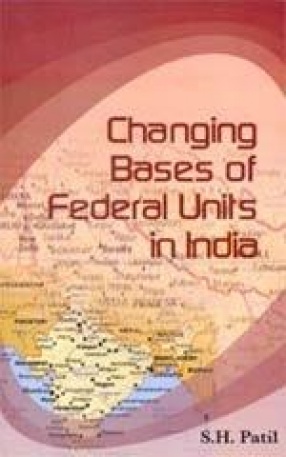
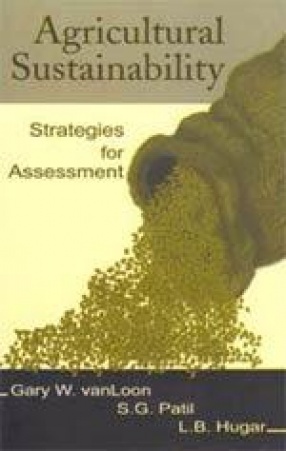
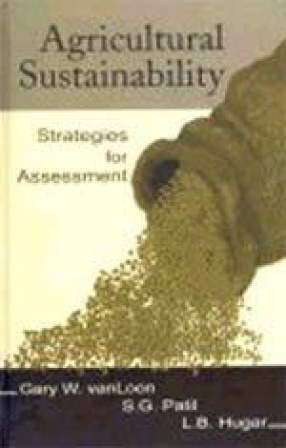
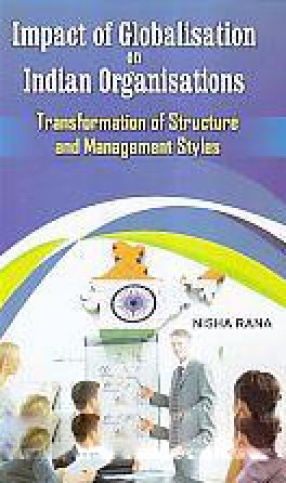
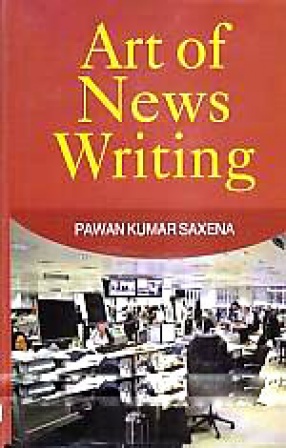
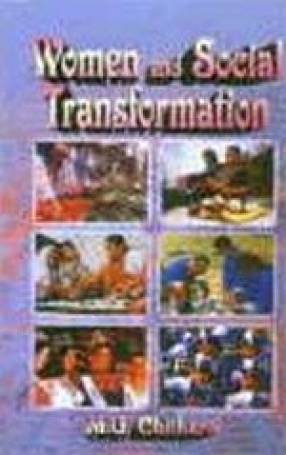
There are no reviews yet.